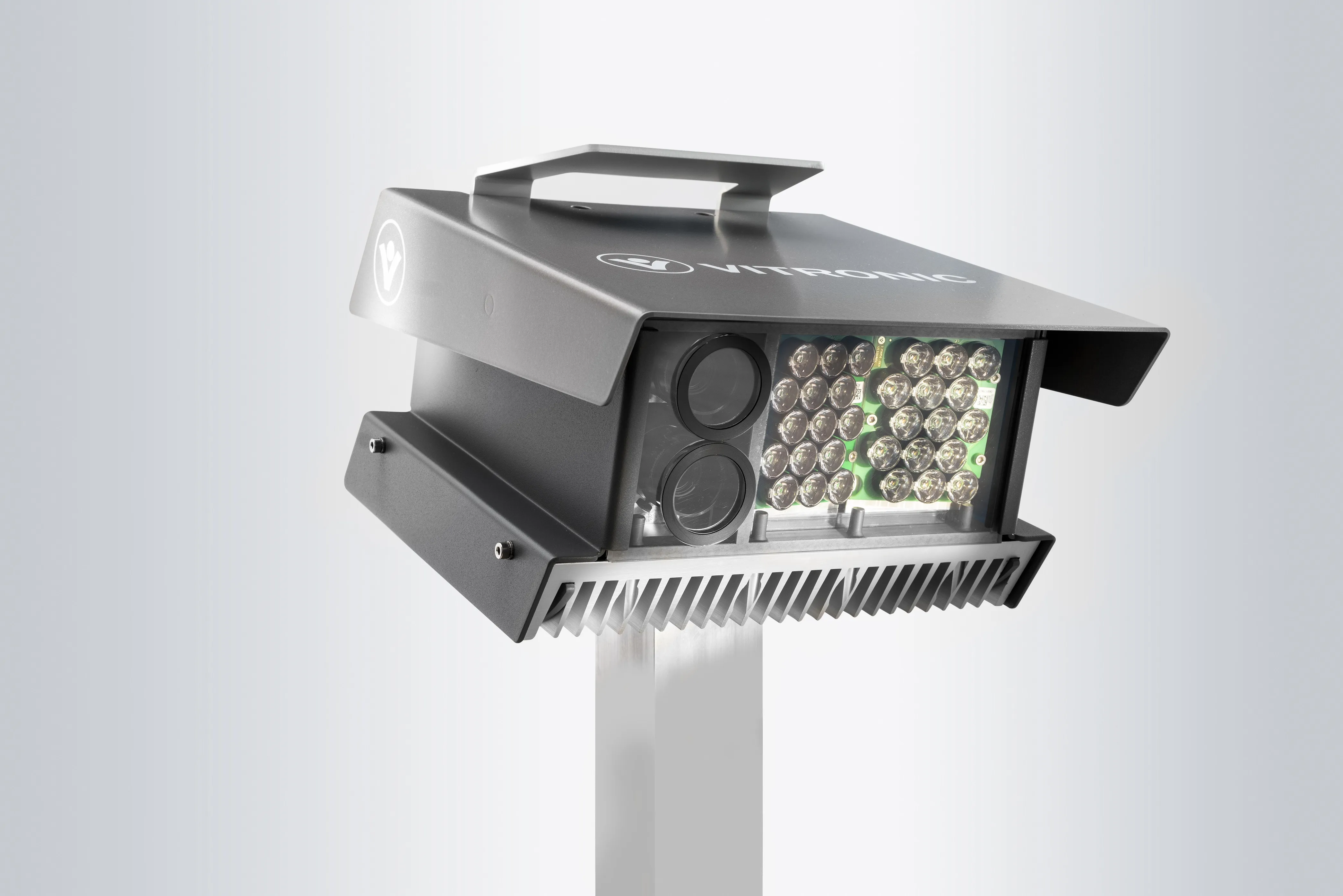
Theia Technologies’ IQ Lens System brings together a motorised lens, motor control board, calibration data, with SDK and GUI to form a modular, highly configurable system. Until recently, users needed to develop their own motor control software.
Theia’s IQ Lens System software application and intuitive graphical user interface saves the user considerable development effort and cost, speeding time to market. The IQ Lens calibration data provides intelligence that enables optimal image quality and easy imaging system setup. The compact, lightweight varifocal lens and motor control board provide for remote operation in hard to reach or mobile environments. Combined, these elements allow for convenient and cost-effective integration into the imaging system.
Theia’s motorised lenses use stepper motors to operate the zoom, focus, iris, and integrated NIR filters of the lens. The lenses provide the ability to adjust the zoom and focus remotely, avoiding costly field calibration and traffic disruptions.
Theia’s new IQ Lens System comes with a software application for easy integration into the imaging system. The software automatically converts engineering units into motor steps, using Theia’s available lens control library and graphical user interface allowing users to set a field of view, depth of field, or object distance without the need for external calculations, curve fitting, and interpolation.
The system also includes the MCR IQ Motor Control Board with software application and GUI to convert motor steps into machine commands that move the lens to the desired position. The board communicates via USB, UART, or i2c protocols for integration flexibility. Purchase of the IQ Lens and Board includes royalty free licences to use the applications, both available as Python modules for program development.
Theia’s IQ Lens System provides calibration data with a measured average zoom/focus tracking curve which can be used to quickly find focus after changing zoom position. Knowing this relationship allows the user to remotely programme the focus and zoom motor position, enabling image optimisation in difficult-to-access cameras such as traffic gantries in ITS.
The IQ Lens System also provides focal length calibration allowing the user to know the relationship between focal length and zoom motor step position. This allows for accurate field of view setup enabling imaging systems requiring variable camera positions or object distances such as mobile speed cameras, where field of view and object distance change.
Included with the IQ Lens are design data common across lenses in the same family. This includes aperture size for lighting control in dynamic outdoor environments such as ANPR, geometrical distortion data that enables positional corrections for multiple focal lengths, and relative illumination allowing adjustment at different focal lengths and F/# settings for applications needing uniformly exposed scenes.
The data is available for download from Theia’s cloud database with application notes for using the data.
Theia’s lightweight, compact IQ Lens System with motorised varifocal lens, motor control board, calibration data, and software provide convenience, flexibility, and optimized image quality in a cost-effective package to support demanding ITS applications.
Fast. Intelligent. Cost-effective. Just plain smart!
Content produced in association with Theia Technologies










